Measuring Mass in the Laboratory
Visión general
The analytical balance is the common piece of equipment in the scientific laboratory. These highly precise instruments can measure down to ten thousandths or even hundred thousandths of a gram. The triple beam balance is a type of scale that uses counterweights on a three rider beams to counterbalance the sample in the pan. On the other hand, modern analytical balances use a complex system of electronic sensors to accurately mass a substance. The analytical balance is so sensitive that it often has a draft shield to prevent air currents from interfering with the measurement. When weighing, a weigh boat or weigh paper is used to hold the substance being weighed and protect the weighing pan. Before weighing a substance, analytical balances are tarred to subtract the weigh boat or weigh paper and re-zero the scale. Tarring refers to setting the scale back to read zero and allows for a substance to be accurately weighed. Aside from weighing chemical substances, analytical balances are used to animals or insects, and centrifuge tubes in ultracentrifugation experiments.
Procedimiento
The analytical balance and scale can be found in most, if not at all, scientific laboratories. These highly precise instruments allow scientists to accurately measure the mass a variety of substances. These balances can come in a variety of different types. The analytical balance is the most commonly used in scientific laboratories.
Early analytical balances were purely mechanical and used balance beams. Not that type of balance beam, silly.
They used mechanical balances, such as
Saltar a...
Vídeos de esta colección:

Now Playing
Measuring Mass in the Laboratory
General Laboratory Techniques
170.9K Vistas
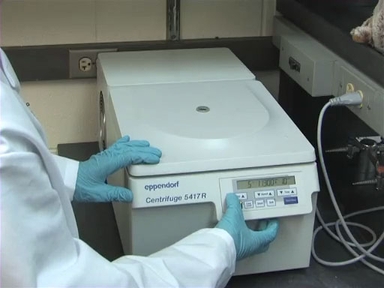
Introducción a la centrífuga
General Laboratory Techniques
488.2K Vistas
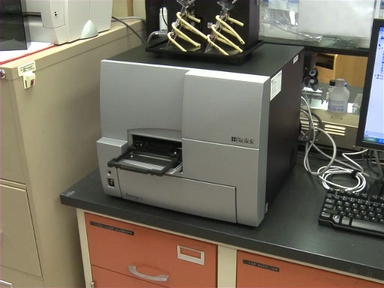
Introducción al lector de microplacas
General Laboratory Techniques
126.6K Vistas
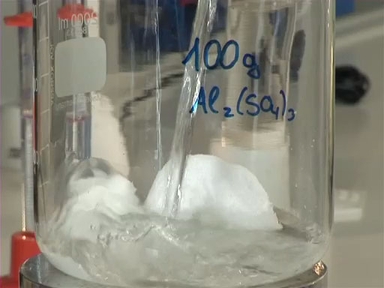
Concentraciones y medición de volúmenes
General Laboratory Techniques
216.0K Vistas
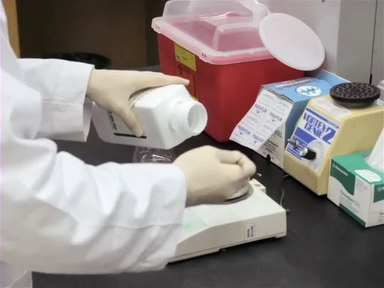
Creando soluciones en laboratorio
General Laboratory Techniques
211.4K Vistas
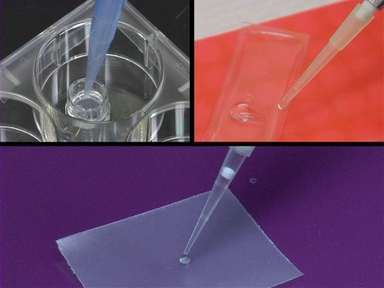
Introducción a la micropipeta
General Laboratory Techniques
584.1K Vistas
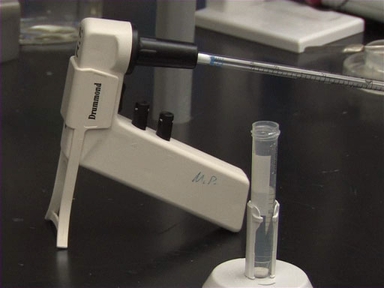
Introducción a las pipetas serológicas y a los pipeteadores
General Laboratory Techniques
219.1K Vistas
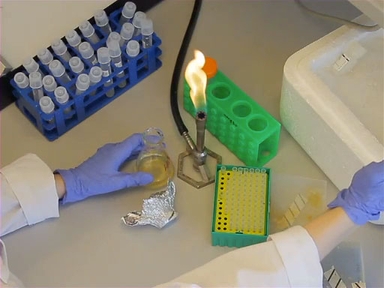
Introducción al mechero de Bunsen
General Laboratory Techniques
207.2K Vistas
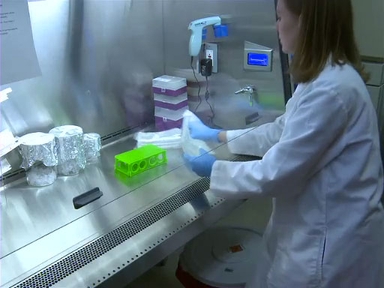
Una introducción al trabajo en la campana
General Laboratory Techniques
151.3K Vistas

Introducción al espectrofotómetro
General Laboratory Techniques
518.2K Vistas
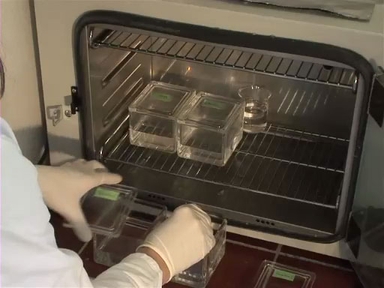
Preparación de muestras histológicas en la microscopía de luz
General Laboratory Techniques
240.3K Vistas
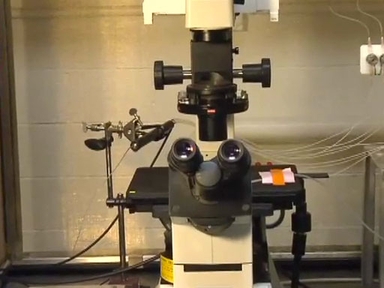
Introducción a la microscopía de fluorescencia
General Laboratory Techniques
349.9K Vistas
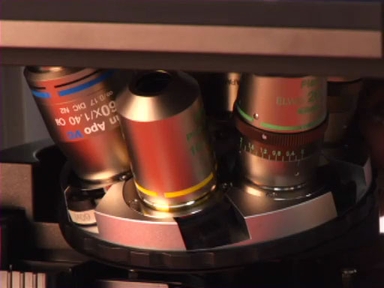
Introducción a la microscopía de luz
General Laboratory Techniques
815.1K Vistas

Regulación de la temperatura en el laboratorio: preservación de muestras usando frío
General Laboratory Techniques
65.7K Vistas
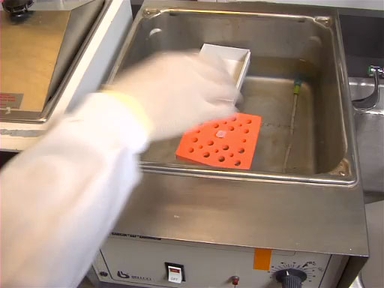
Regulación de la temperatura en el laboratorio: aplicación de calor
General Laboratory Techniques
81.3K Vistas
ACERCA DE JoVE
Copyright © 2025 MyJoVE Corporation. Todos los derechos reservados